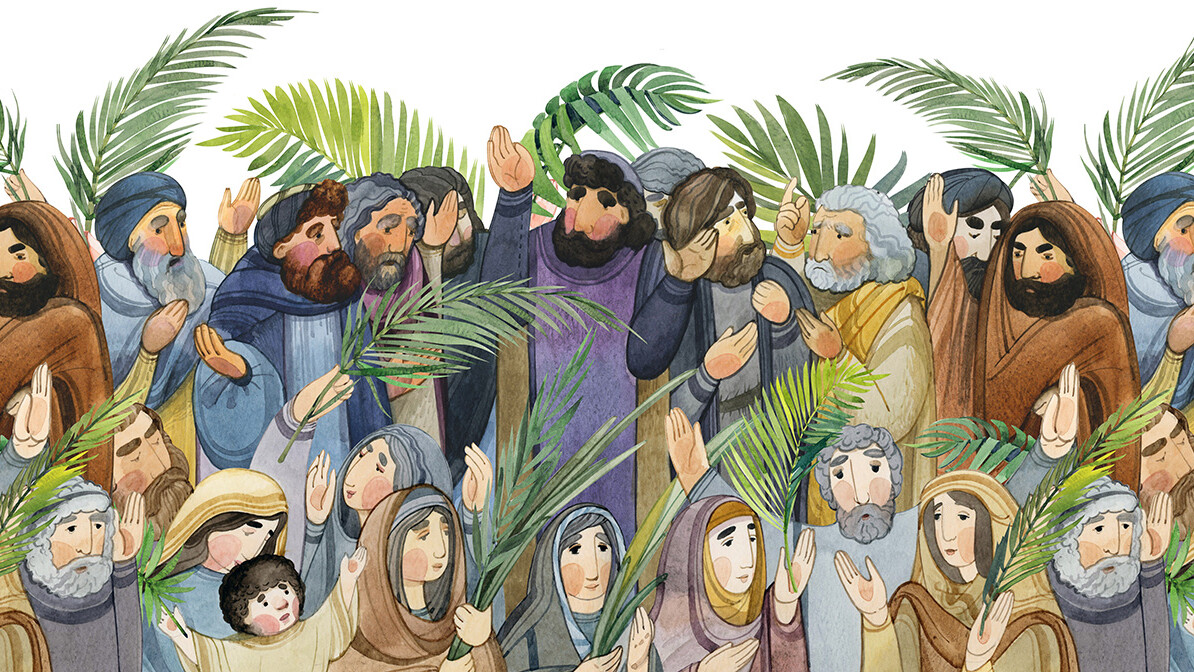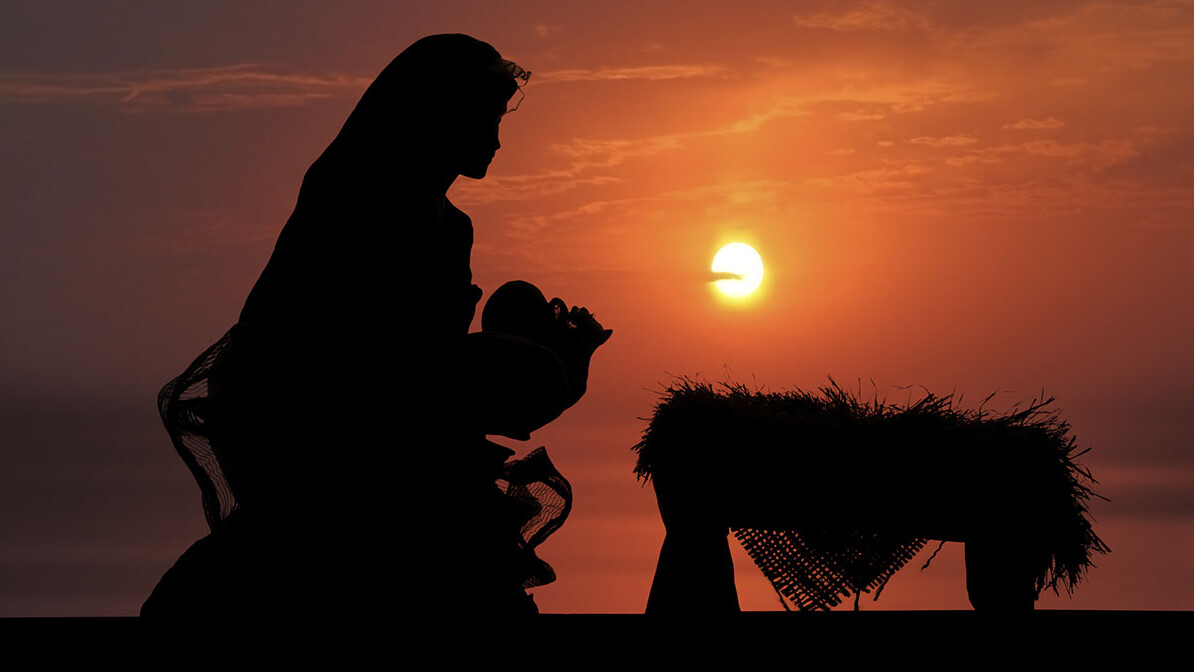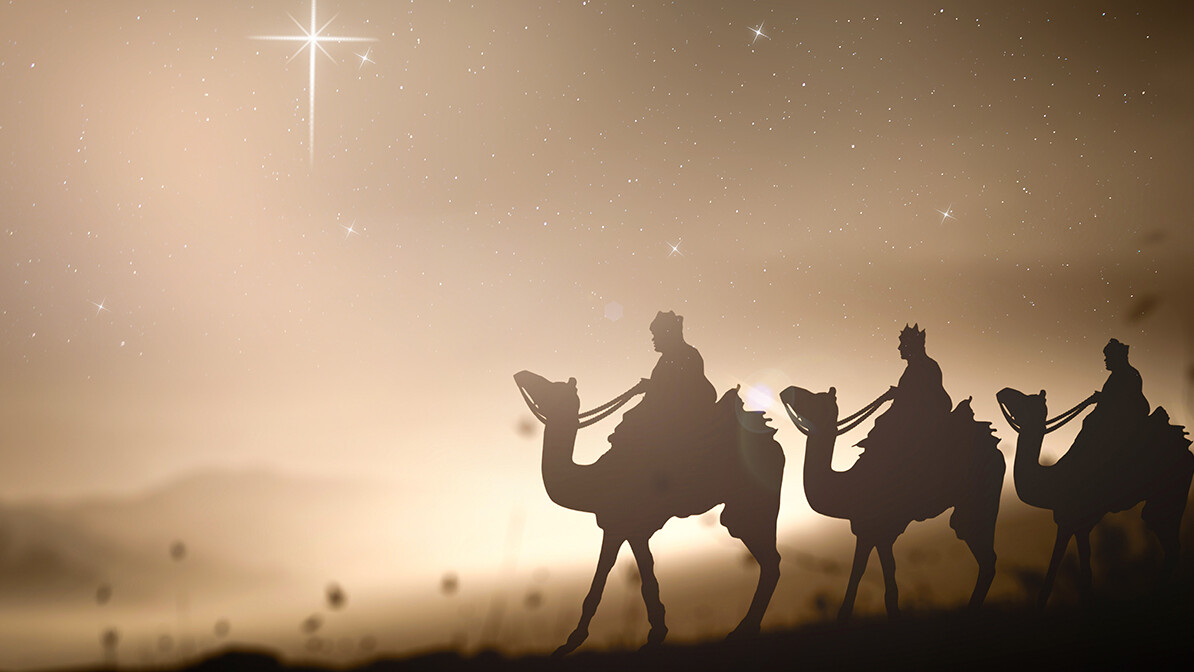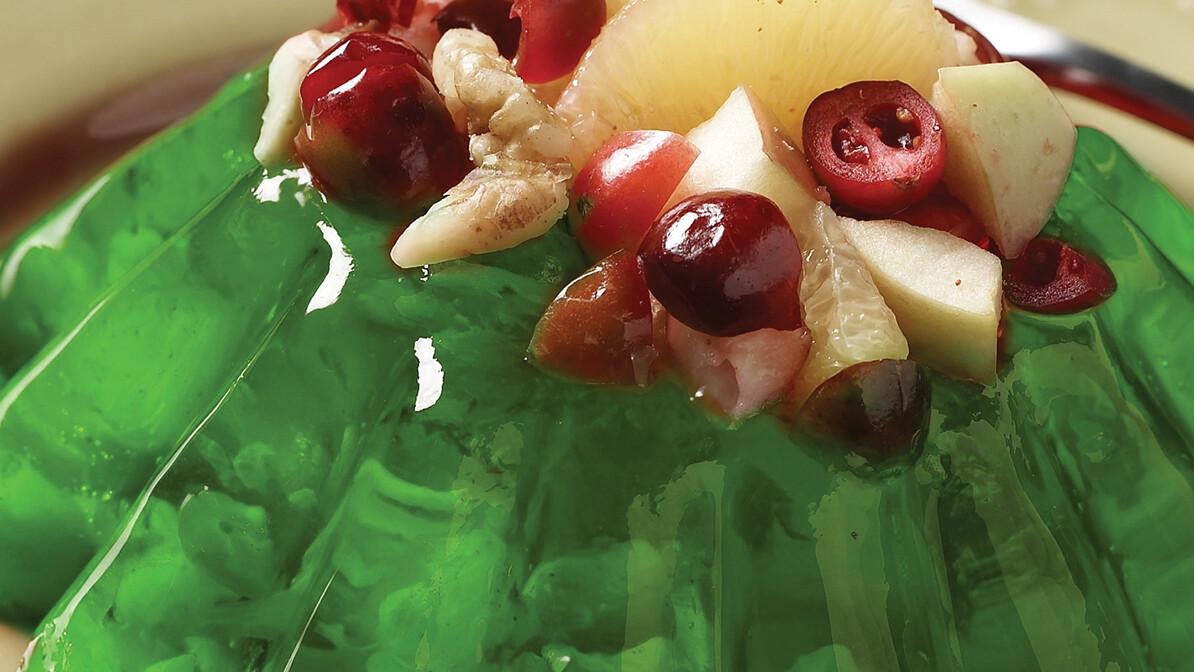Related Articles
Navigating Family Dynamics During the Holidays
“Navigating Family Dynamics During the Holidays” explores the real tensions, unexpected joys, and…
Christmas Day: The Greatest Rescue Mission Ever Launched
On that quiet night in Bethlehem more than two thousand years ago, heaven initiated the greatest…
Wise Men Still Seek Him
In a season of hurry and hype, it’s easy to lose sight of what really matters. The Christmas story…
Jell-O Surprise
Every family has a dish that defines their holiday table. For Roone Acree, it was the neon-green…
Next Steps To Strengthen Your Walk
Inspiration Today Newsletter
Supercharge your faith and ignite your spirit. Find hope in God’s word. Receive your Inspiration Today newsletter now!
Christian Articles
Find articles to strengthen your walk and grow your faith. We have a wide range of topics and authors for you.
Submit A Prayer Request
We are here for you. Simply click on the button below to reach us by form, email or phone. Together we will lift our hearts and voices with you in prayer.






